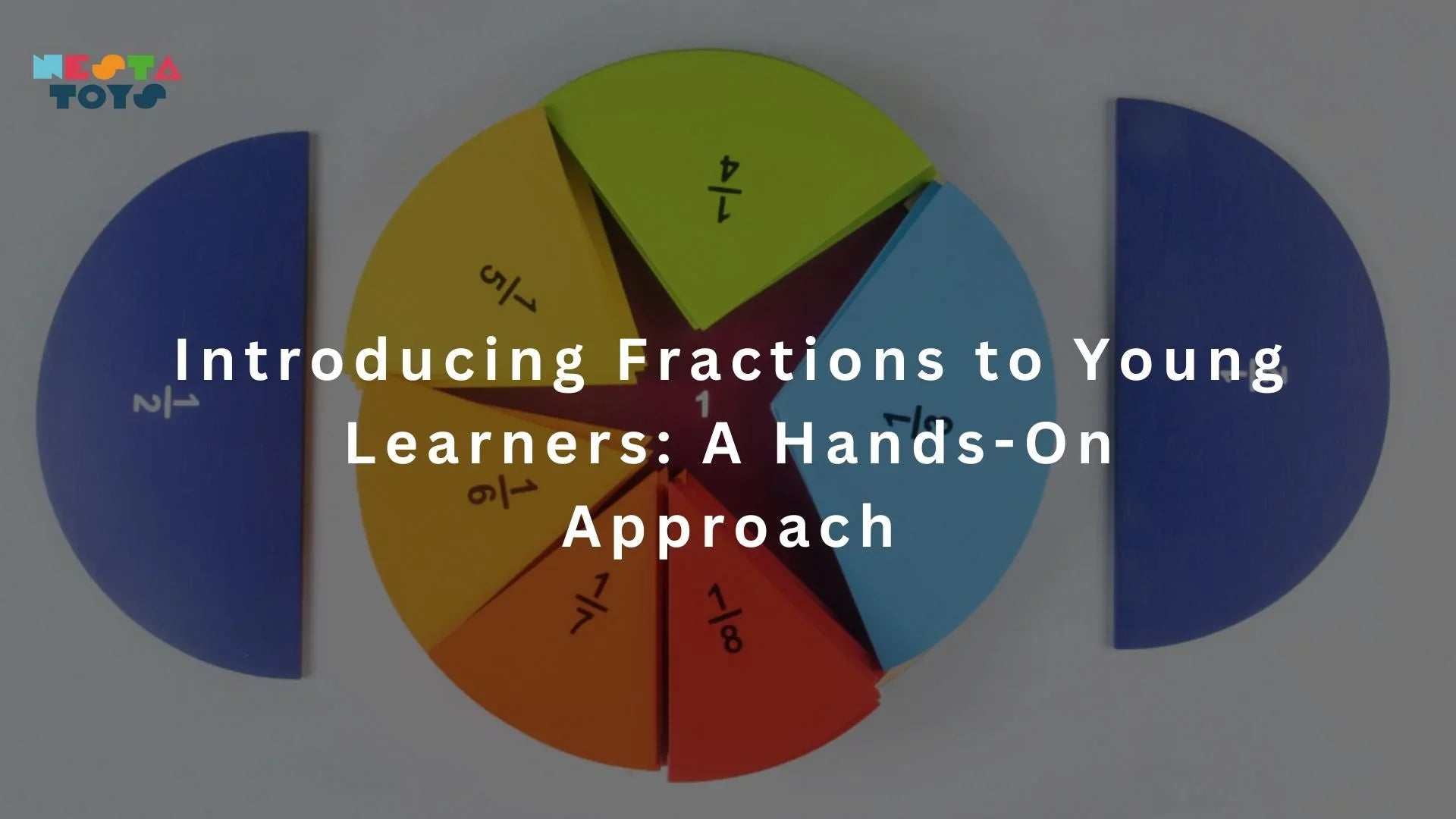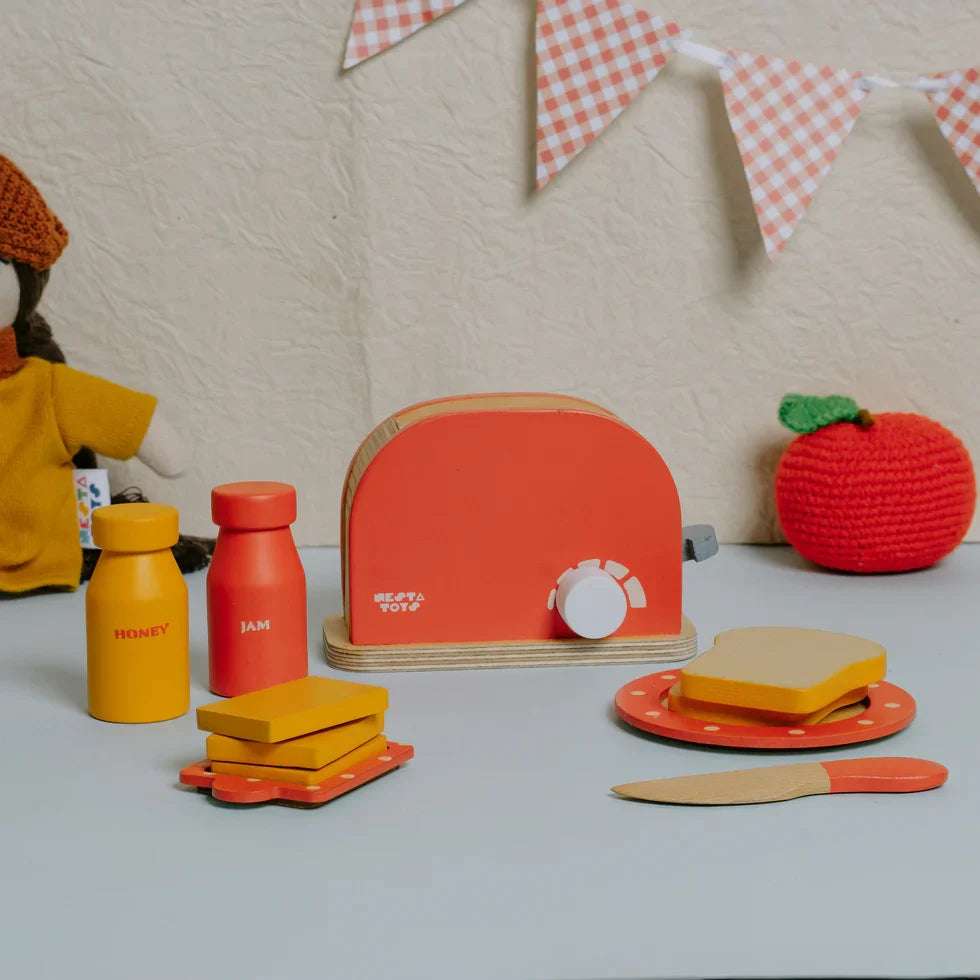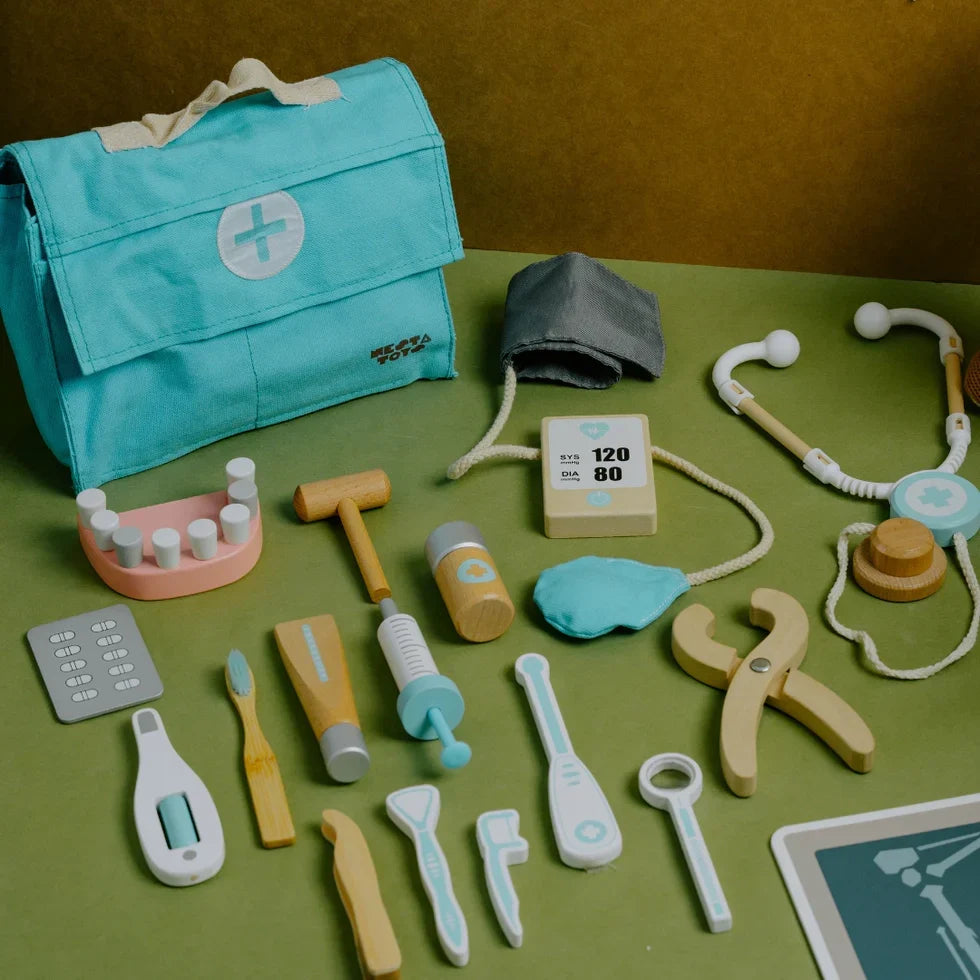Fractions can be a tricky concept for young children to grasp. Instead of relying on abstract ideas, let's explore some hands-on activities that make learning about fractions engaging and intuitive. This guide presents a Montessori-inspired approach using tangible materials and real-world examples.
Montessori Fraction Insets
The Montessori approach often uses specific materials to teach abstract concepts. One such material for fractions consists of ten frames, typically made of wood or metal. Each frame holds a circular inset that is 10cm in diameter. One inset is a complete circle, while the others are divided into two, three, four, five, six, seven, eight, nine, and ten equal parts.
Each segment has a knob to make handling easy. The insets are colored red to improve visibility and differentiation. In a classroom setting, labels showing the fractions are provided for each frame.
Introduction to Fraction Insets: Step-by-Step
- Initial Exploration: Invite the child to work with the material. The circular insets are presented one by one in sequence, from one whole to tenths.
- Connecting to the Whole: Use golden beads (or another countable material) to represent one whole. Compare the single bead to a circular inset representing a whole.
- Familiarizing with "Fraction": Explain the concept of fractions by relating it to familiar objects. For example, "We've worked with quantities like units, tens, and hundreds, but now we're exploring something smaller than one."
- Real-World Examples: Give examples like a cake or an apple. When the cake is cut, it is no longer a unit. A unit is one whole.
- Exploring Halves: Demonstrate halves by removing the two halves from their frame. Show that the two pieces together form the whole by superimposing them back to back.
Naming the Inset: Three-Period Lesson
A three-period lesson is a key Montessori teaching technique:
- Association: Show the child the two halves and state, "This is the family of 2."
- Recognition: Ask the child to name each piece as "a half." Put one half back in the frame and leave the other out.
- Recall: Once the child is ready, introduce the names of other single fractions like fifths, sixths, sevenths, etc.
Working with Pieces
Once the child is comfortable with single fractions:
- Give names of the fractions of more than one piece
- Take any fraction from child and ask to name it
- Remove a few more from the same and she/he is asked -how many they are?
Writing Fractions
- Introduce writing with a tray.
- The child is then asked which fraction family the removed piece
- Show how to draw a short horizontal line.
- Telling the child that the name of the family is always written under the line.
- Allow the child to practice writing choosing a family and writing the denominator.
- The child is then told that the number of pieces is always written above the line.
The Concept of Equivalence
This is a crucial part of understanding fractions:
- Take the half out of the frame and place it below.
- Ask if the gap in the frame can be filled by the thirds.
- Replace the thirds back in their frame.
- Ask if the gap in the frame can be filled by the quarters.
- Show that it can be filled by two quarters.
- Put two quarters taken out the frame and place it next to the half.
- Continuing testing for the equivalence until all have been tested.
At-Home Activities:
Here are some simple activities you can do at home:
- Building Blocks: Introduce fractions with building blocks. Write fractions on slips of paper and have children match the blocks to the fractions.
- Exploring Shapes: Demonstrate fractions by cutting different shapes. Count the segments and name each one to reinforce the concept of parts of a whole.
- Fractionizing Food: Cut fruits, vegetables, pizzas, or cakes into fractions. Involve children in cutting food items into equal parts and discuss the resulting fractions.
- Dividing Dough: Divide play dough or chapati dough into equal fractions on a paper divided in fractions already.
These engaging activities can spark a child's curiosity and help them develop a solid foundation in fractions. Remember, learning should be fun and interactive!







